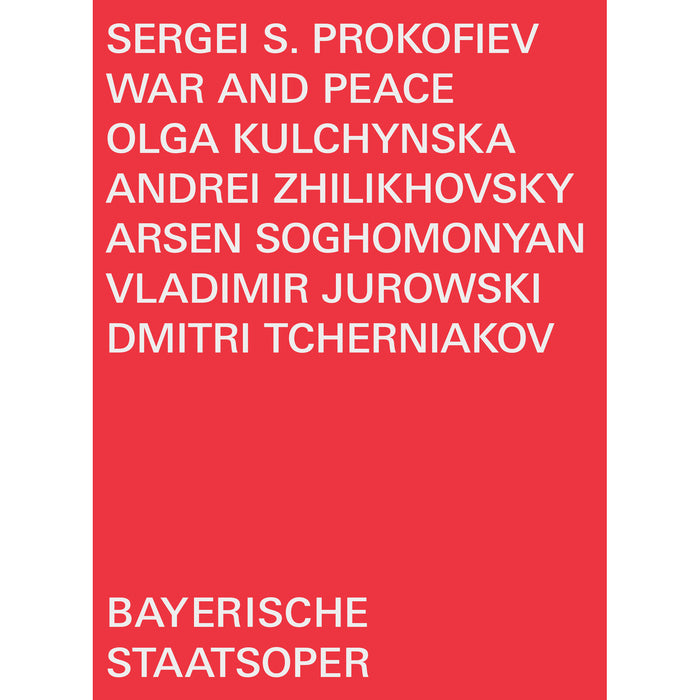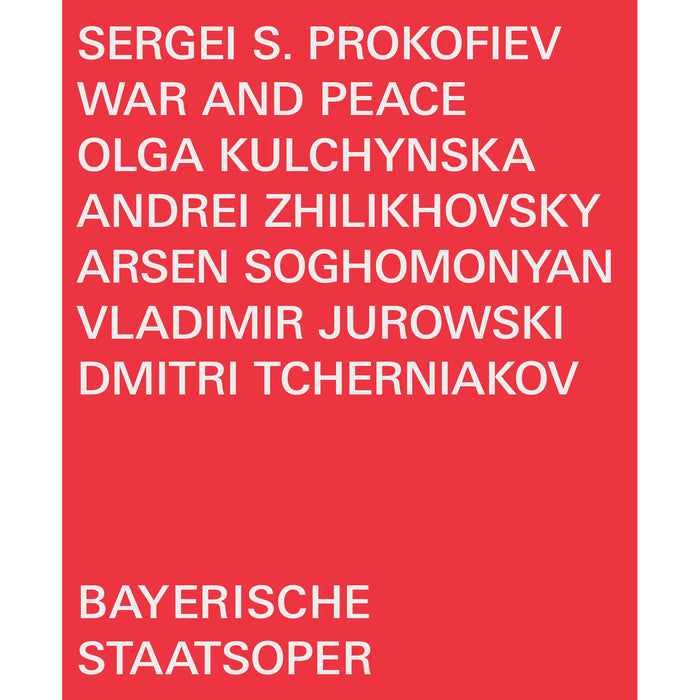Description
For his ballet Tchaikovsky Overtures, Alexei Ratmansky chose overtures by Pyotr Tchaikovsky which the composer had created in various stages of his life for concert performance. Content-wise, these musical works draw on the dramas of William Shakespeare: Hamlet, The Tempest and Romeo and Juliet. Although Alexei Ratmansky clearly has not created a narrative ballet, the narrative motifs from these three of Shakespeare's plays appear on the surface of the choreographic structure time and again, thus, Shakespeare's 'voice' serves as the foundation for both the dance action on stage and the music resonating from the orchestra pit. Traditionally, overtures are heard at the beginning of an opera or a ballet and carry over into a plot. In Alexei Ratmansky's Tchaikovsky Overtures, however, overture follows on overture, whereby a new beginning is truly followed by another one. Interwoven into this is a fundamental pledge of the theatre to have a new world appear with every opening of the curtains and to set a beginning that opens in the future. With the devices and resources of classical and neo-classical ballet, Alexei Ratmansky continuously refers in his choreography to the history of dance art. We should not forget here that ballet literally had to fight to survive in different epochs. The hope that factual reality would dissolve into something dance-like also constantly resonates here. Opalescent in character, the "Fantasy Overtures", the generic name of the orchestral pieces chosen from Tchaikovsky's oeuvre to be performed in the ballet program, become ideal templates for a ballet, which must also be understood as fantasizing. They represent a fantasy about the role of classical ballet today, the memories it carries, and how it might shape its future.





























